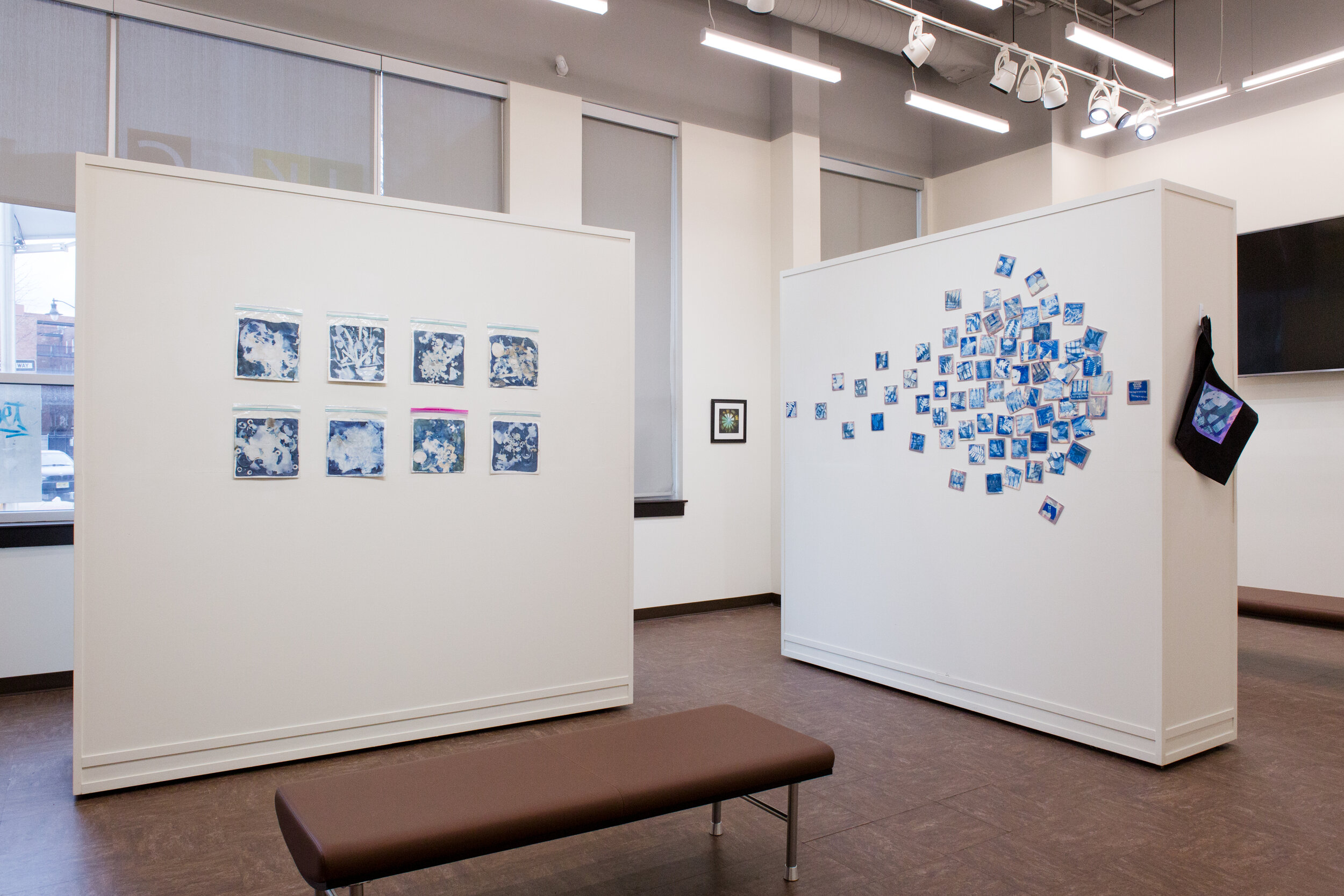The Ziploc Bag Project
A commentary on humans contribution to climate change, each artwork in this series was created with leftover meals not composted, rather trapped in a ziploc bag, forgotten about, then thrown away - preventing decomposition and forced to take up space on Earth for another 500 years.
Shades of blues, greens, and browns swirling together in an abstract cyanotype reminiscent of the Earth.
An Earth destroyed; mixed up, melted, flooded - foreshadowing of what’s to come.
This is a call to action to stop using single use plastics and start composting.
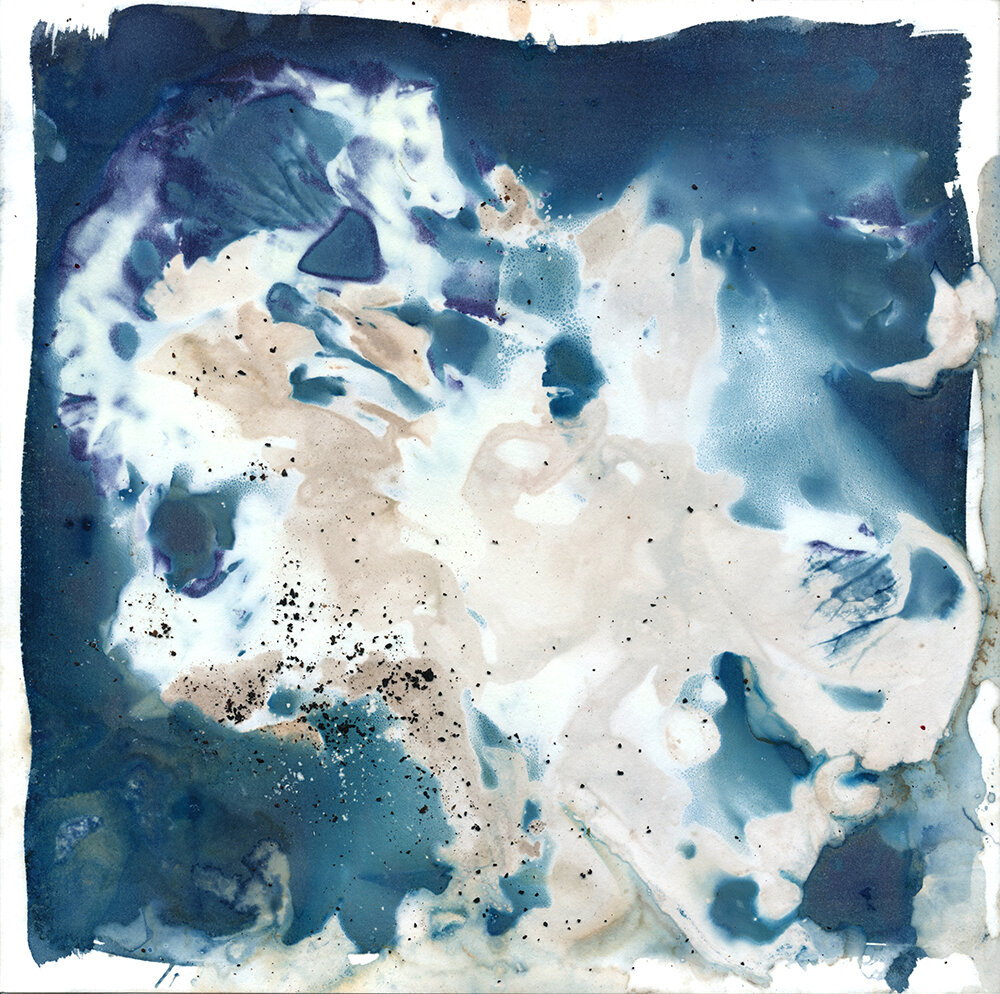
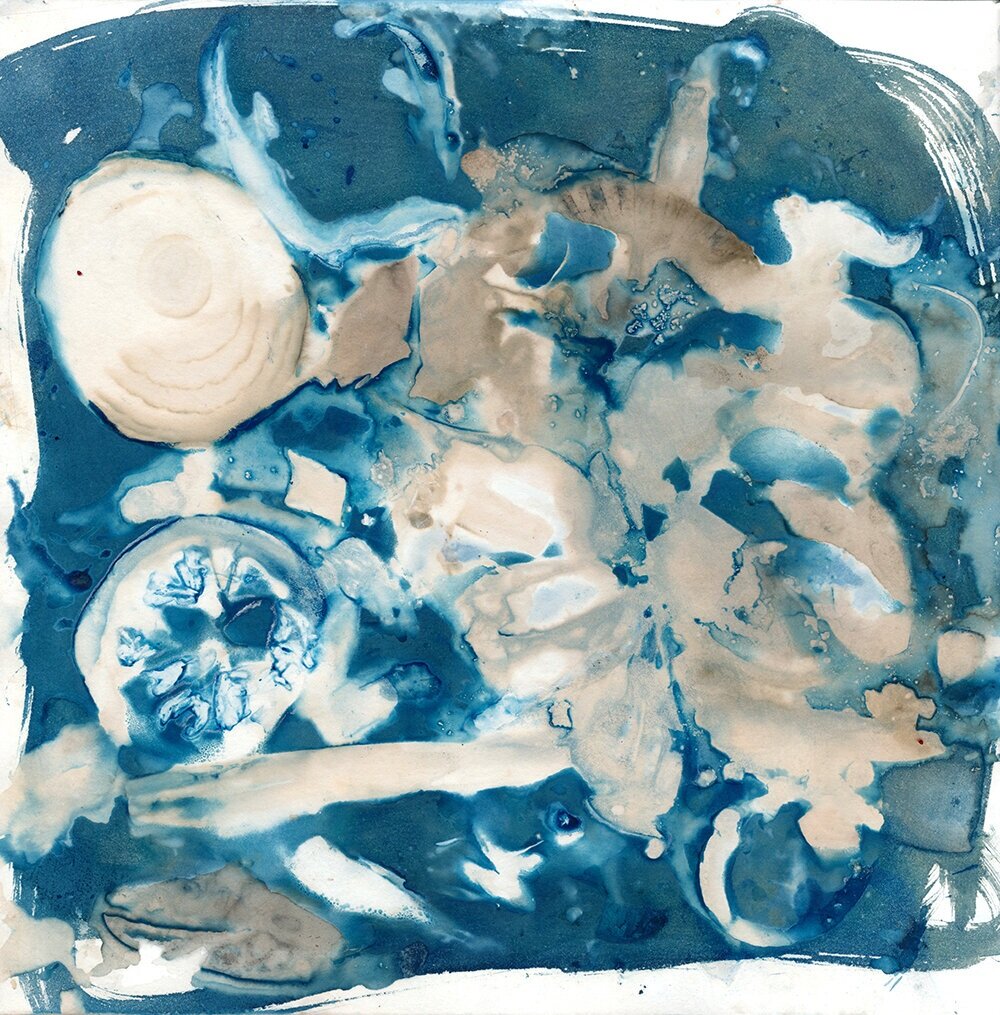
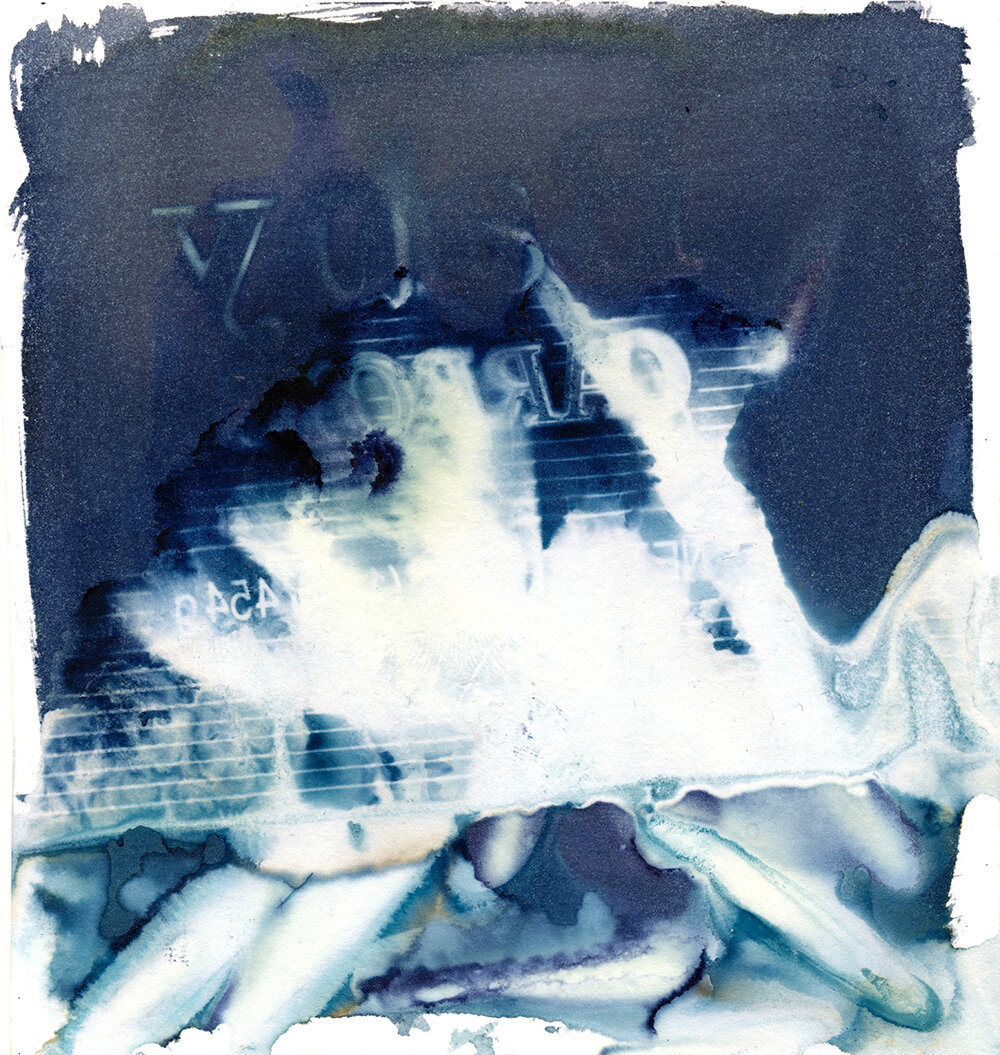
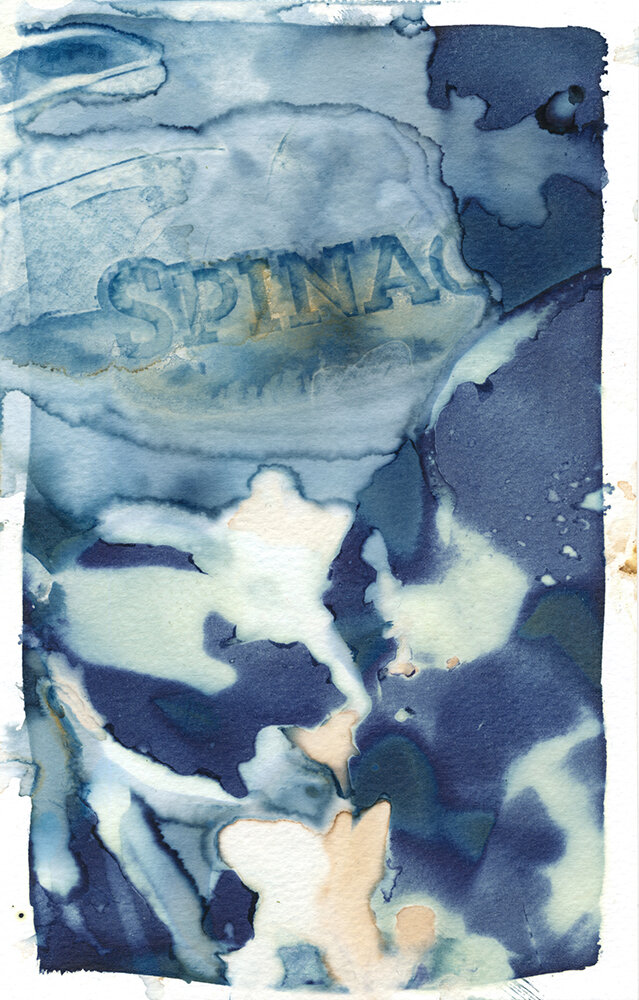
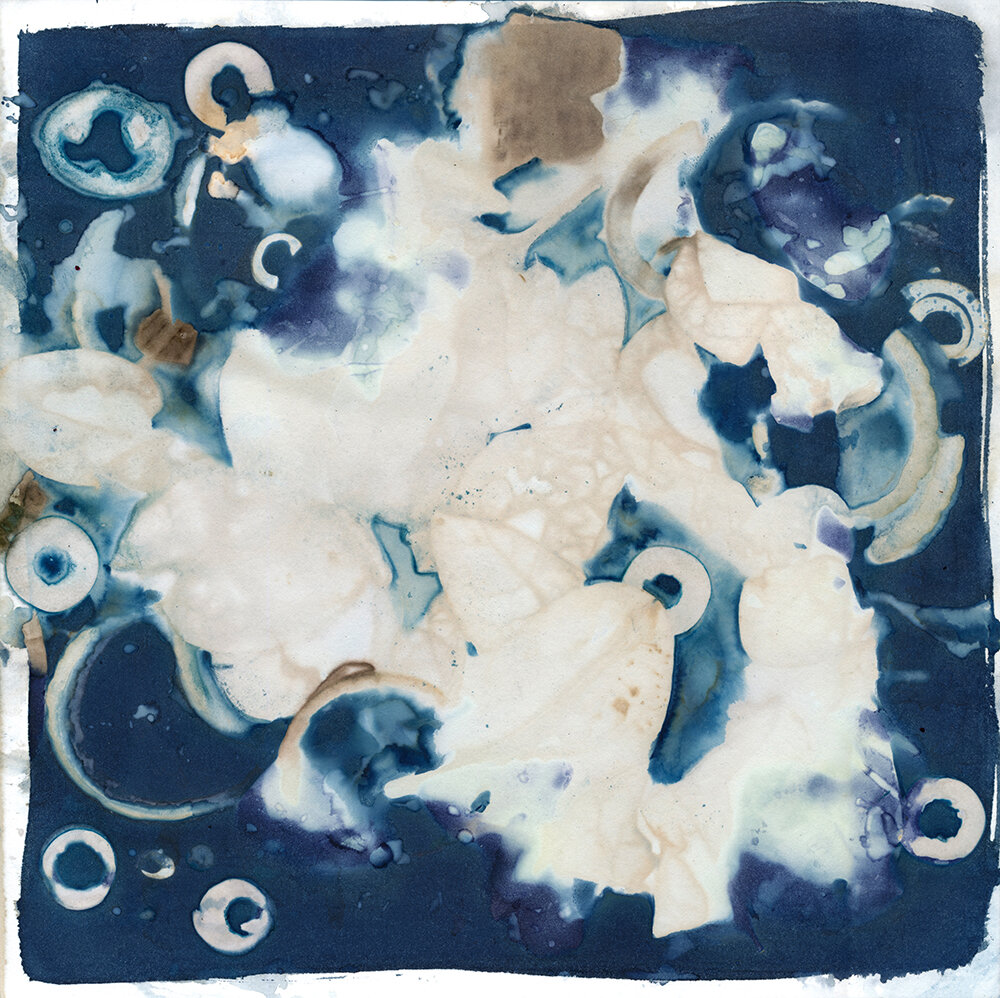
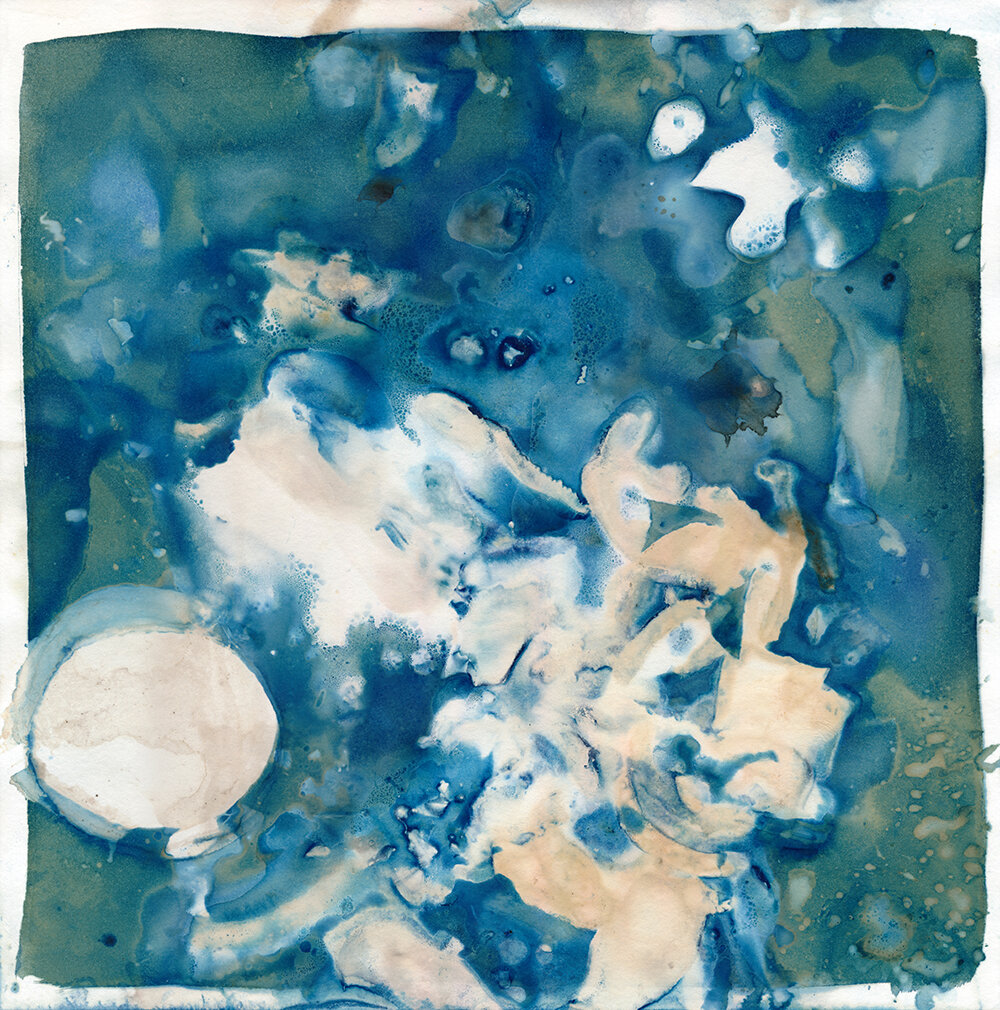
STATEMENT: This project is a call to action to stop using single use plastics and start composting. Landfills are more than half full with “garbage” that could have been composted but was thrown in the trash instead which is causing a global garbage crisis on Earth and speeding up climate change. It has been discovered that one of the best ways to fight climate change is to start composting your food scraps. I hope this project will inspire you to do that.
The ziploc bag project is a visual commentary on humans contribution to climate change through choosing not to compost their food waste. You see shades of blue, green, and brown swirling together in an abstract cyanotype reminiscent of the Earth. An Earth destroyed; mixed up, melted, flooded - foreshadowing of what’s to come if we don’t start acting to prevent climate change.
Each abstract cyanotype in this series was created inside of a ziploc bag full of leftover meals. If you look closely you can see the veins of lettuce leaves and other food products within each artwork. I’ve chosen to exhibit each cyanotype in the series as “evidence” inside of a ziploc bag tacked to the wall of a gallery with a pin, like proof of climate change hanging on the wall of a detectives office. These artworks were not only made inside of a ziploc bag, but will forever be viewed inside of one too.
This is a personal matter to me: I grew up in a house that used ziploc bags instead of tupperware to store leftover meals. These meals would sit in the fridge uneaten for a week and then be tossed in the trash when they got too old. All of these childhood leftover meals are still sitting inside of their ziploc bags, inside of a landfill, and will remain there on Earth for 500 more years. Normal decomposition is prohibited because of the single-use plastic storage bag the food is trapped inside of.
The change of Earths climate is a problem for all humans on our planet, but disproportionately so for communities and people of color. It is imperative that we all take action to both prevent catastrophe and end environmental racism. One of the best and easiest ways to fight climate change is to start composting your food scraps. I hope this project will inspire you to do so.
PROCESS: Instead of throwing away the ziploc storage bags of my leftover meals that weren’t eaten I placed a cyanotype coated watercolor paper in the bag under the food scraps and laid it in the sun. Each paper was exposed to the sun for 8+ hours then washed in water as you would a traditional cyanotype.
MATERIALS: Hand mixed cyanotype chemical, varied watercolor papers, food scraps, ziploc bags.
DIMENSIONS: Varied. Most are 10”x10” unframed.
EDITION: Each artwork is an edition of 1.
CREATION DATE: 2019
EXHIBITIONS:
2023 Out of the Blue, Trenton Social, Trenton, NJ (3 person show)
2021 Resist Convenience, JKC Gallery, Trenton, NJ (Solo)
2021 Still Resisting [Convenience], Romano Gallery, Blairstown, NJ (Solo)

